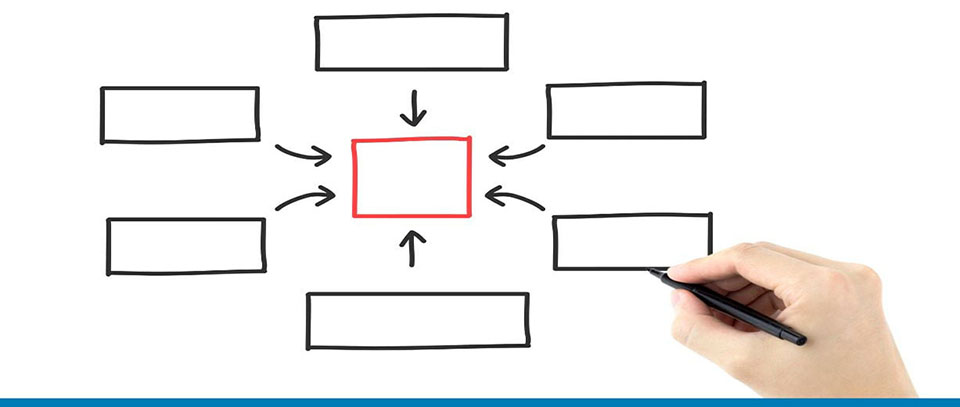Consolidate Hundreds of Entities in Minutes With Sage Intacct
Sage IntacctAn integrated financial management system like Sage Intacct automates the financial consolidation...

February 17, 2023
Blog > Next-Generation Financial Consolidations for SaaS Companies
The financial consolidation process is a tedious, time-draining exercise in information assembly, validation, and reporting. And for many software as a service (SaaS) companies, it can take weeks or months.
Parent companies create different legal entities (e.g., companies, locations, divisions, subsidiaries, partnerships, and funds) for reasons like liability, taxes, and strategy. Consolidated financial statements group together the related entities that are under each parent company’s control.
Today’s consolidations are more complex for many reasons, including geographic growth, varying accounting rules between jurisdictions, and international business activities requiring multiple currencies. Consolidation timelines are also more urgent. Reporting deadlines are being tightened to meet stakeholders’ demands for transparency and a single view of financial performance.
These challenges multiply if your SaaS company uses entry-level software like QuickBooks. Because small business accounting applications can’t support complicated consolidations, spreadsheets are inevitable workarounds—but dumping data into Excel and manipulating it leads to wasted time, expensive mistakes, stale data, and security risks.
Many SaaS companies rely on the traditional approach to financial consolidation, which involves manpower, manual processes, and disparate systems to bring data together.
This archaic process starts with a calendar of target dates for each business unit to close its books and submit results to corporate accounting.
That takes approximately a week, so corporate accounting can’t start the consolidated close until a week after the period ending date. And because the results often arrive via email, corporate accounting must painstakingly manipulate the submissions using strict accounting policies and account grouping structures. Once consolidated, accounts must be further manipulated into a financial reporting framework.
Savvy SaaS company owners realize maintaining this status quo is risky and inefficient. These leaders are discovering next-generation financial consolidations with cloud-native financial management solutions like Sage Intacct—and consolidating hundreds of entities in minutes.
Here are five advantages of performing consolidations with Sage Intacct.
Download the eBook Next-Generation Financial Consolidations for SaaS Companies to learn how automating the consolidation process will drive your SaaS company forward.
Subscribe to our newsletter to receive our latest blog posts, case studies and ERP news delivered straight to your inbox.
An integrated financial management system like Sage Intacct automates the financial consolidation...
Your software is failing if it hinders progress and steals valuable time. Consider Sage Intacct, a...
Are you throwing money and manpower at a system that's holding you back? Discover the hidden costs...
Recieve our latest blog posts, case studies, and ERP news
delivered straight to your inbox.